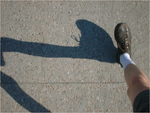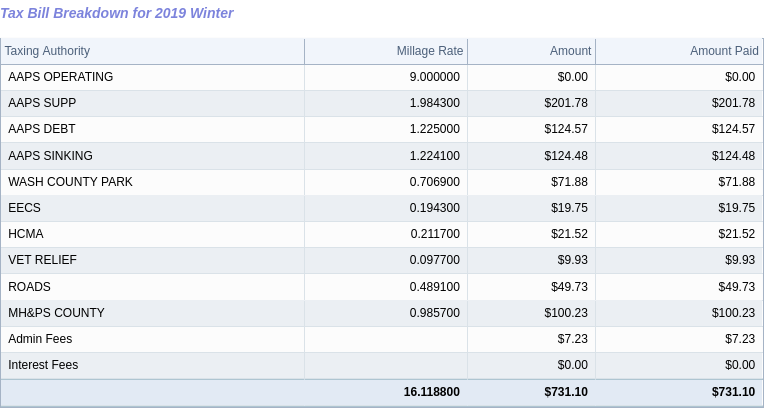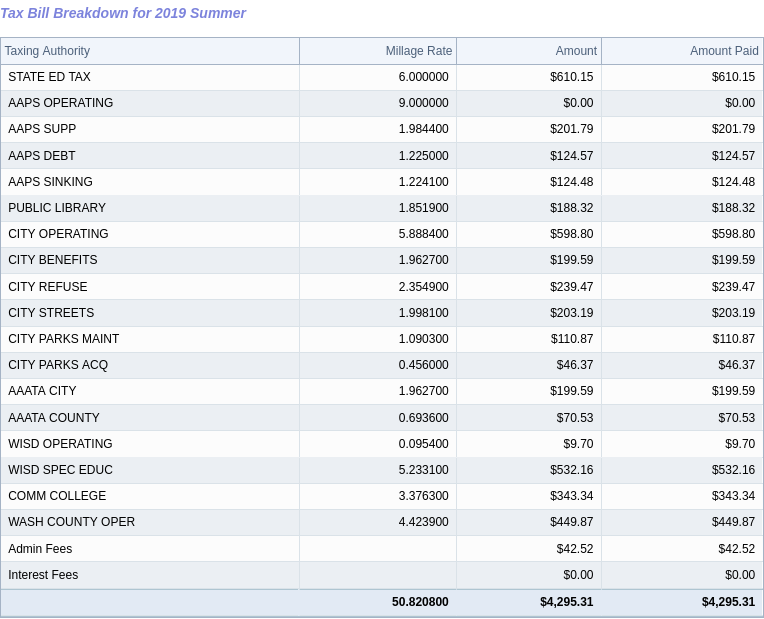I didn't have any one big take-away from the police and fire session at the Ann Arbor Citizens Academy, just a collection of interesting bits:
- I learned that there's a difference between EMTs and paramedics: EMTs provide "basic life support"--they can administer CPR and oxygen and provide some medications, for example. Paramedics have much more training and can do things like insert IVs. Fire department employees are EMTs. They can still be more useful in medical emergencies if they can get there earlier.
- Judging from the police station tour, our police spend a lot of their time dealing with drunk drivers. The breathalyzer was a stop on the tour, as was the prominent line of tape on the floor designed to make it easy to find navigate to the breathalyzer room, even when it's 3am and you're terrifically drunk.
- I'm no longer a toddler, but turns out that even for grownups a visit to the fire station, and a look at the big ladder truck, is fun. We did not get little plastic helmets to take home, but we did get to see the fire chief put on his fire-resistant suit, oxygen tank, helmet, and mask. Man, that stuff looks awkward and heavy.
- So, wait, how do you fight a fire on the 12th story? You take the elevator. I guess that's kind of obvious, but it still surprised me--I'm so used to those warnings not to use the elevator in a fire. I guess that applies to residents going down, not firefighters going up. So isn't fire in a tall building scary? Well, steel and concrete don't burn easily, and big new buildings have well-engineered fire suppression systems, so that 12th-story fire is probably contained to the kitchen where it started. The fire chief said he'd rather fight a fire in a new, well-engineered building any day, compared to a century-old wood house that's been split up into apartments with a mystery floor layout.
- The police department public relations guy is unhappy that they no longer have officers in the high schools. It's a point of disagreement between the fire department and the school board, apparently. I can imagine the arguments on both side, and it's something I'd be curious to dig into some day.
- In the fire department, sounds like responding to crashes on the freeway is a big part of the job. I can't imagine. (Update: looking back at the annual report, they list 5 "vehicle extrications" (as opposed to, for example, 103 cooking fires) so maybe it's not *that* frequent.)
One question that I would like to get answered and didn't: from what I've seen, emergency fire department access is a big constraint on the design of our streets and buildings. I wonder where I'd go to understand those constraints, and whether there's anything we could do in cooperation with the fire department to loosen them in places. Somebody asked about this, but there wasn't time to go into it.
Fire department 2019 annual report. The police presentation isn't online--I'll link it in the future if I find it--but as usual the city website has plenty of information.
(Update: a friend recommends this article as an introduction to the fire code and building access requirements. Also note the fire department's inspections page says "The City of Ann Arbor has adopted the International Fire Code, 2015 edition (2015 IFC) as published by the International Code Council. Together with the provisions of Chapter 111 of the City Ordinance, shall be known as the Ann Arbor Fire Prevention Code." They note the IFC can be consulted at city hall, but it looks like the full text is online. Googling for US vs European fire access code also turns up this article.)


